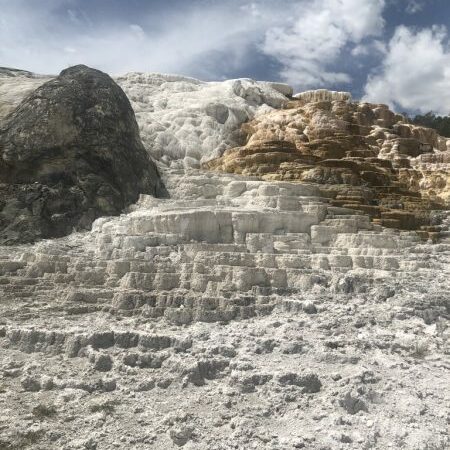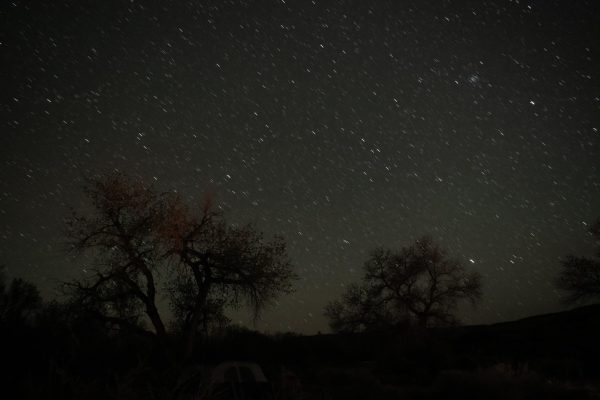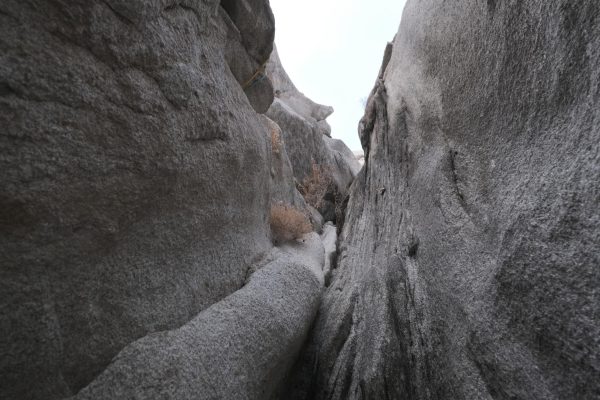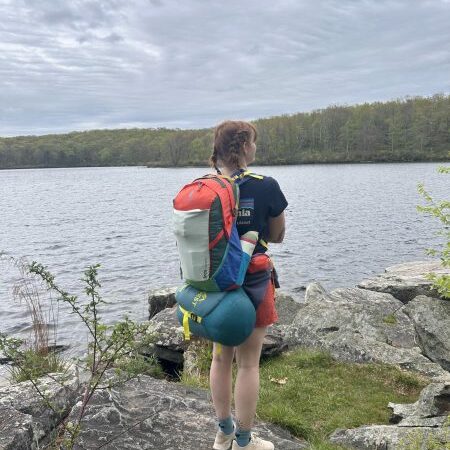Where Wildlife Meets Civilization
The Wasatch and Salt Lake City are quite unique landscapes. City streets and tall buildings push right up to the edge of mountains. Trees, rivers, and creeks run between concrete mazes, and ski slopes rip through forests. Sometimes, it’s exciting when the natural and unnatural mingle together, like when a deer skips across the road or rabbits mingle in your yard. But it can also be alarming, like seeing coyotes in the foothills or hearing of mountain lions lurking. It’s the latter that has increasingly become a concern for many in the area.
Sighting of mountain lions, also called cougars or pumas, is rare. But they have increased in frequency. According to the Utah Division of Wildlife Resources, in the last three years alone, there have been 333 reported mountain lion incidents or sightings across the state, with the highest number occurring between 2019 and 2020. Between 2005-2016, only two attacks occurred in Utah. However, from 2017-2022, there have been three attacks, the most recent occurring in September of this year in Mill Creek Canyon. There is, of course, some inherent possibility of encounters or accidents with all wildlife in the Wasatch, as with any community so closely located to wild landscape. And the chances of an attack — much less death — are quite low. Even still, these numbers seem slightly concerning. It would appear, based on sightings, that wildlife is multiplying all around us. This begs the question: why is the number of cougar incidents and sightings so high and how is wildlife as a whole being managed within the Wasatch?
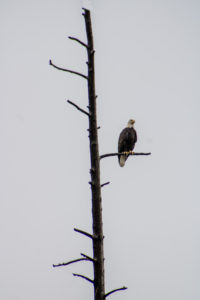
The Wasatch is home to a multitude of diverse species: cougars, elk, moose, deer, bears, mountain goats, raccoons, coyotes, foxes, beavers, an abundance of birds, and more, all of which are managed, sustained, and enhanced by the Utah Division of Wildlife Resources (DWR). According to the Utah DWR, reasons for increasing animal encounters — in particular, cougars — are more elaborate than one may think. Firstly, as more protections and regulations have been passed over the years, populations of local species have been able to increase or recover over time. In the case of cougars, they have enjoyed hunting regulations and restrictions since the 1960s that have allowed for population growth. More cougars mean more sightings. However, these regulations have largely not changed in the past 20 years and the cougar population has not gone up drastically, so this is not the only contributor.
In more recent years, Salt Lake City has experienced rapid development and urban expansion as well as drought. Both of these have been cited by DWR as contributing to the increase of wildlife within our communities. Salt Lake City is one of the fastest-growing metropolitan areas and each year, new developments intrude further and further into the foothills. The more we live, recreate, and expand into these areas, the more common encounters can get. Naturally, as less land is allotted to wildlife, there will be more and more overlap of wildlife into neighborhoods, parks, trails, etc. If this wasn’t enough, decreased snowfall each year has led to drought. While mountain lions typically aren’t affected by this, it pushes animals like deer and elk further into urban areas, where lawns and gardens are watered. And, where the deer or elk go, mountain lions will follow.
Surprisingly, there is one other aspect DWR offers to this issue: cameras. An increase in home security and doorbell cameras has allowed for more videos to be captured of animals that previously may have already been there but gone unnoticed and are now being reported. While many animal sightings are relatively harmless, there is still a great concern in regard to cougars. Using the knowledge of how increasing population, encroachment into animal habitats, drought, and increasing cameras has boosted encounters with wildlife, DWR is working to make plans that keep people and animals safe.
As a direct response to concerns of cougars’ presence in Utah, the DWR has a cougar management plan that outlines responses such as relocating cougars, tracking them with GPS radio collars, and working with hunters to maintain the population. An obstacle for the majority of the Wasatch range is that hunting is restricted, which is a huge tool for the DWR to retain populations of mountain lions and other predators. This is largely due to things like ski resorts, privately owned property, and the National Forest all occupying the majority of the mountain range. Where the population of cougars or other species can be more easily managed in other regions of Utah through hunting, it isn’t possible in many places along the Wasatch front. So, the DWR has to rely more heavily on the other methods they have in place to monitor wildlife.
In light of increasing encounters with all local wildlife, the DWR may seek to rethink some of its approaches to the area in order to continue to protect people and wildlife moving forward. For now, the Wasatch range community can do its part to remain aware and implement preventative measures and habits to avoid mountain lions and other wildlife.
The post Where Wildlife Meets Civilization appeared first on Wasatch Magazine.
Source: https://wasatchmag.com/where-wildlife-meets-civilization/

